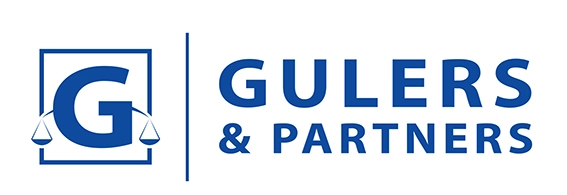A Precedent on 3D Trademarks’ Enforcement
In 2022, the Turkish Court of Cassation (“TCoC”) rendered a decision evaluating that the use of a 3D trademark as bag-locks on counterfeit goods infringed the trademark holder’s rights and the accused should have known that this 3D shape is a trademark.
The case subject to the precedent decision had started with the 3D trademark owner submitting a criminal complaint by arguing that their 3D trademark was used on counterfeit products. After the case turned into a criminal court action, the Criminal First Instance Intellectual Property Court (“the Criminal IP Court”), the Regional Court of Appeal (“RCoA”) and TCoC had different opinions on whether the use of this 3D trademark on bag-locks infringes the complainant’s rights and whether the accused should know this 3D shape is a trademark or not. The Criminal IP Court evaluated that the seized counterfeit goods were bearing the identical bag-lock shape of the complainant’s registered trademark, and this constitutes a trademark infringement crime, and as an expert trader and a shop owner, the accused should have known that this 3D shape is a trademark. On the other hand, the RCoA ruled that there was no printed or labelled trademark on the seized bags (so no word/written trademark on the goods) and 3D use of the opening-closing buckle of the seized bags, similar to the complainant’s registered trademark, will not constitute trademark infringement crime, since this bag-lock shape does not have a trademark function and the accused may not know that the design of the bag-lock is a registered trademark.
The case was brought before the TCoC and it was decided by a majority vote that the trademark infringement crime had occurred in the present file since the seized counterfeit bags bear the identical bag-lock shape - that has a trademark function - as within the complainant’s trademark and as a bag seller and a shop owner, the accused had to know the counterfeit nature of the seized goods. However, a dissenting opinion in the TCoC’s decision stated that this bag-lock shape has no trademark function and the accused could not have known that this shape is a trademark.
In conclusion, the TCoC’s decision based on the majority of the votes became final, binding and a ground-breaking precedent for the enforcement of 3D trademarks. In fact, we believe that this decision of the TCoC contains extremely positive evaluations in terms of 3D trademarks’ enforcement. Indeed, the TCoC’s assessments regarding the bag-lock shape within the complainant’s trademark and its features indicate that we may expect to receive positive and comprehensive decisions regarding 3D trademarks’ enforcement. In particular, the decision is promising as it shows that the enforcement authorities have the same approach to protecting non-traditional trademarks as traditional ones. We opine that this decision may contribute to the protection of non-traditional trademarks and facilitate and promote their use and enforcement.
Tagged with: Intellectual Property, Trademarks, 3D Trademark, Gün + Partners, Guldeniz Dogan Alkan, Ahmet Kursat Yildiz, Bengu Sen Gurakan





















































 Successful
Successful